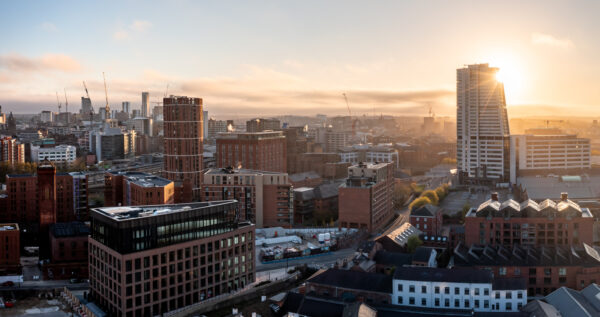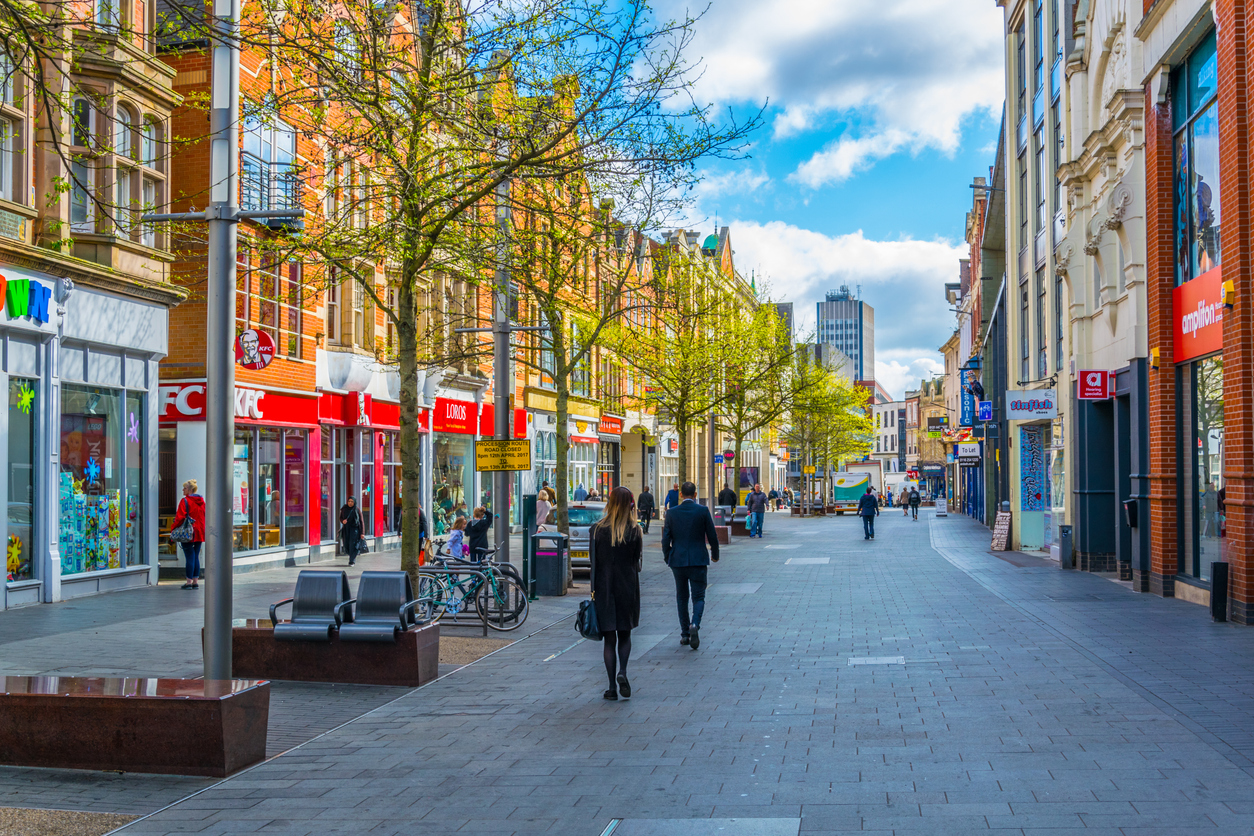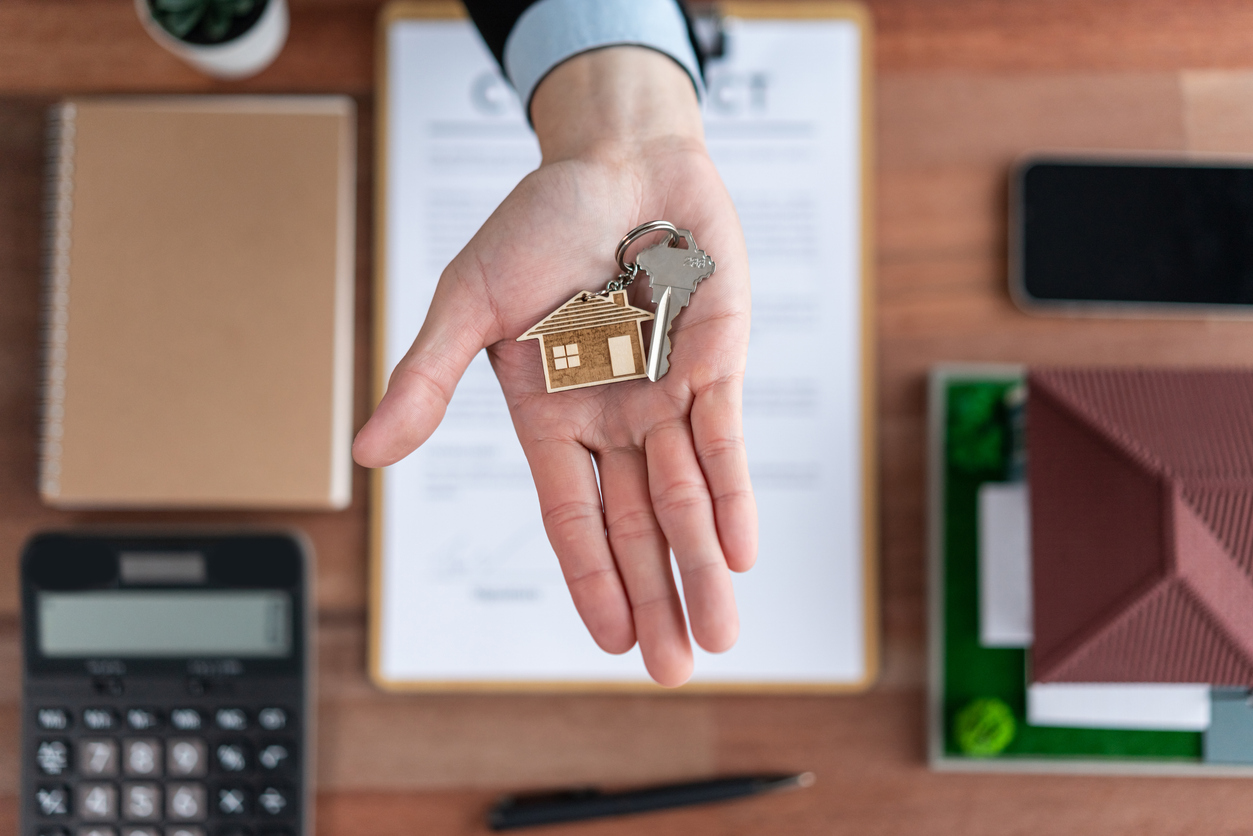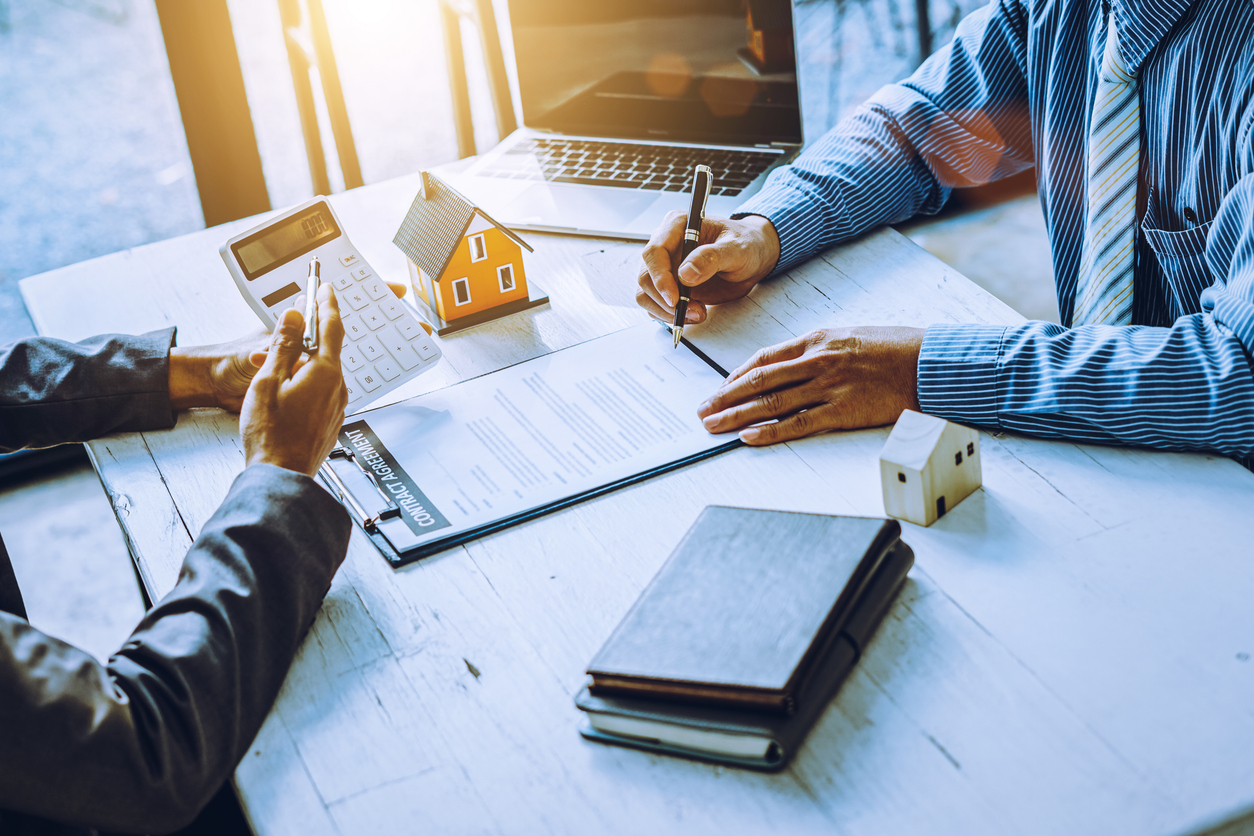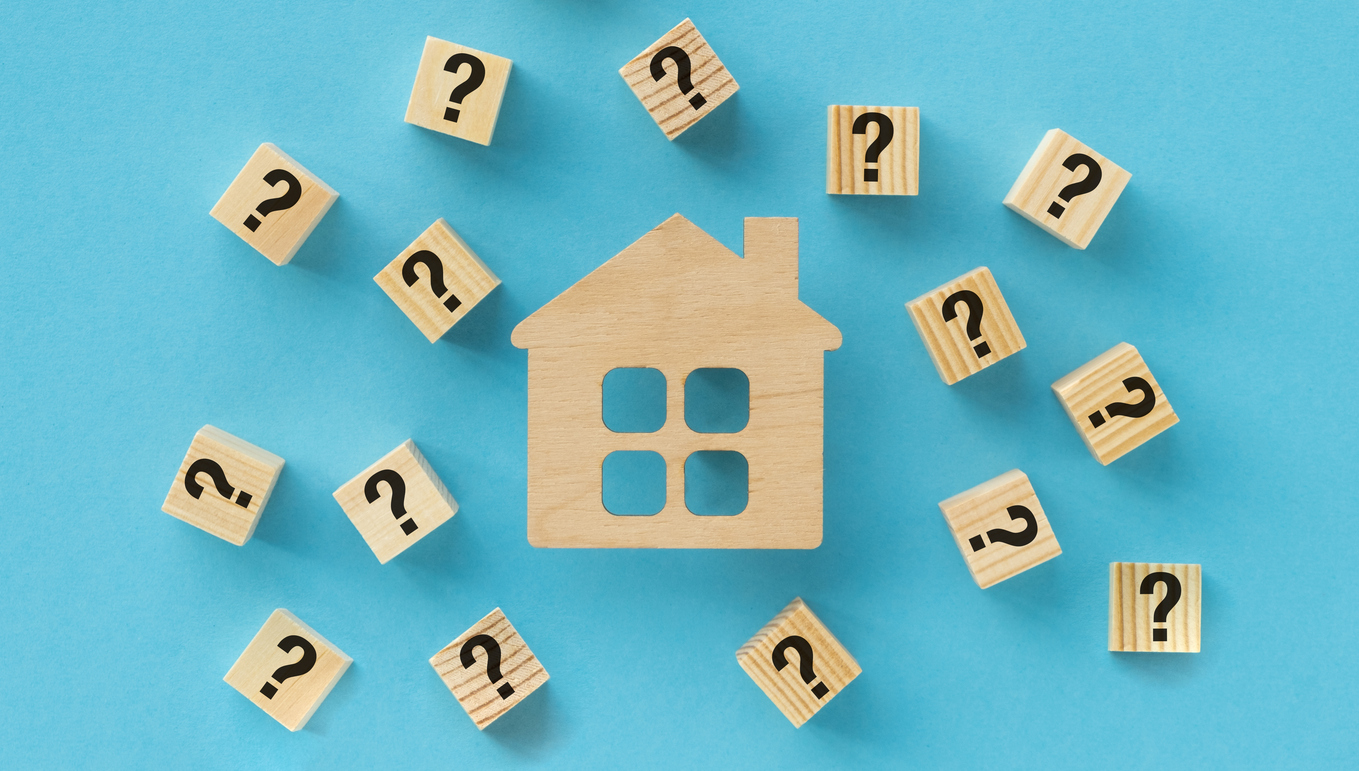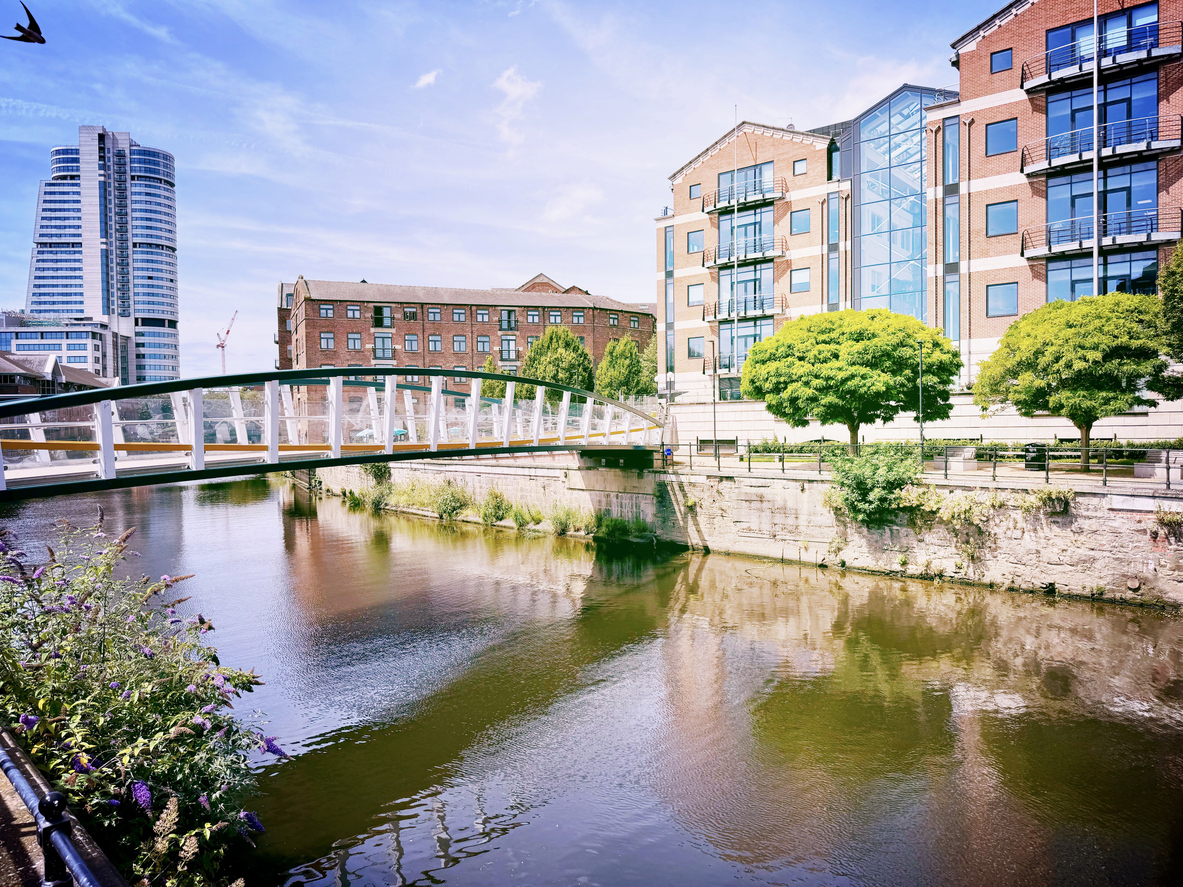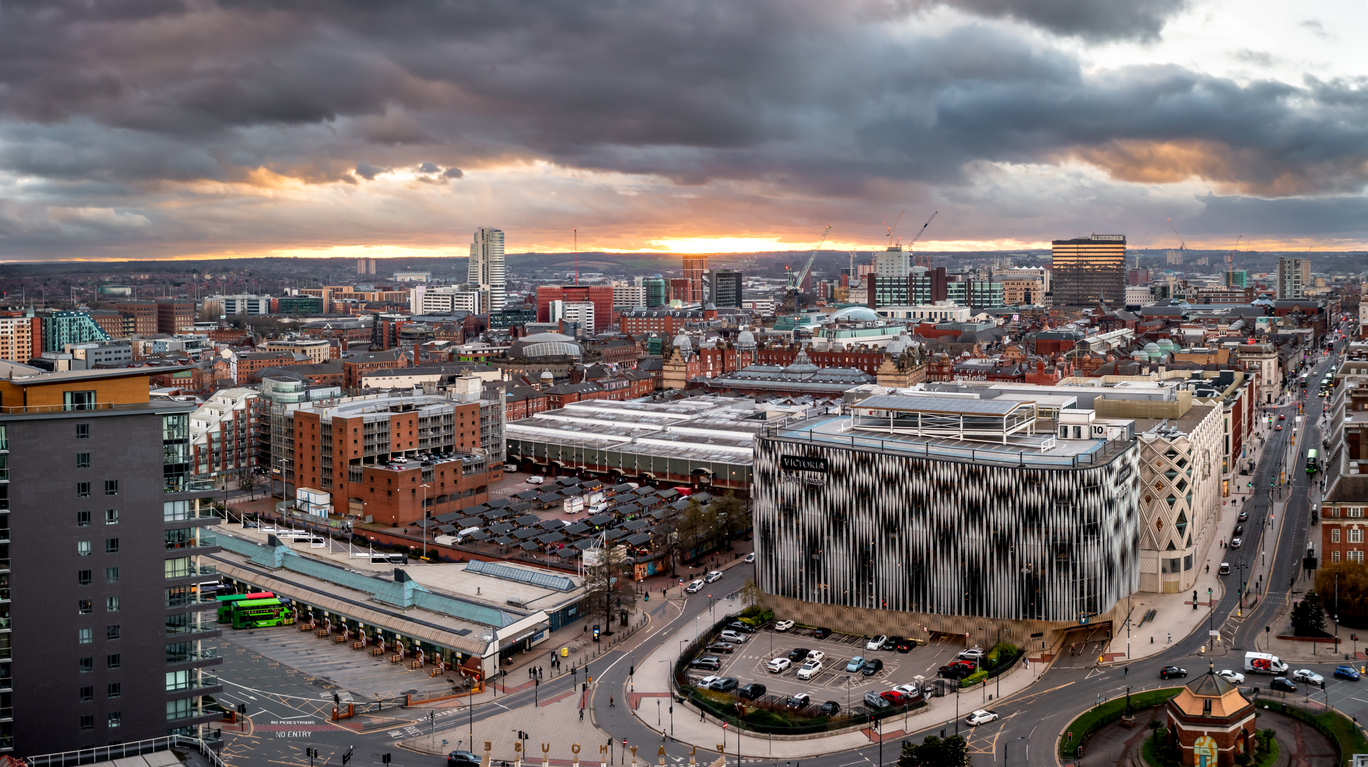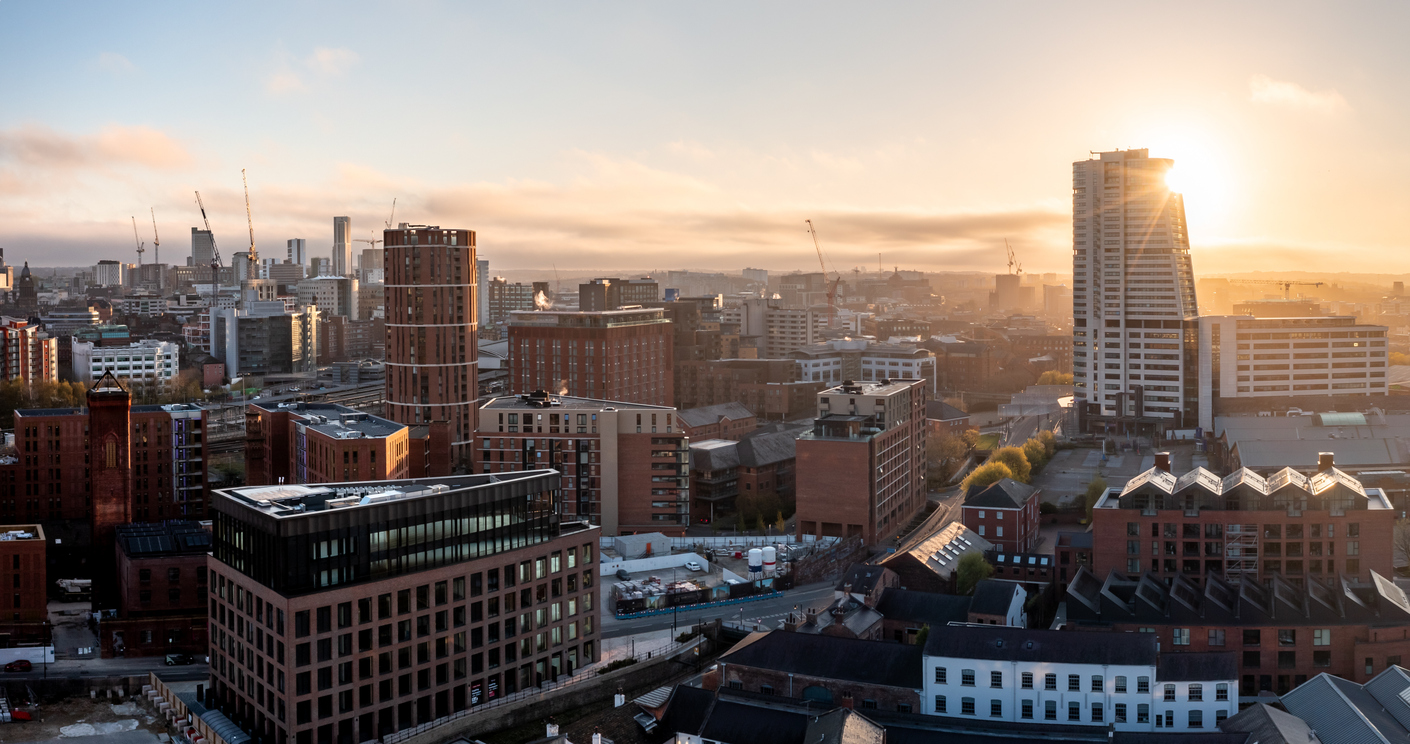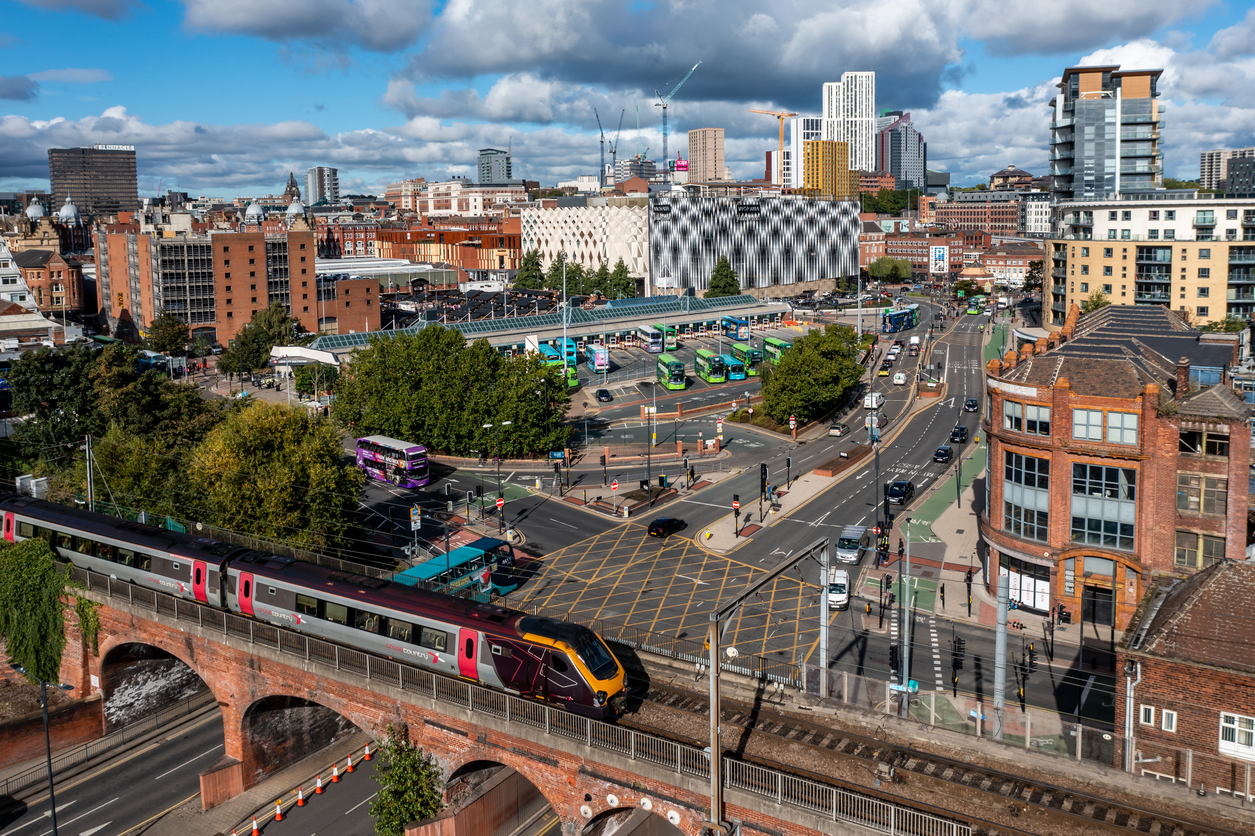Introduction
Leeds is one of the fastest-growing and most dynamic cities in the UK due to urban regeneration. Over the past decade, it has become a magnet for business, culture, and innovation, attracting talent and investment from across the country and beyond. Central to this growth has been a wave of urban regeneration projects that are reshaping the city’s skyline, revitalising neighbourhoods, and driving new opportunities in the property market. For investors, understanding how regeneration impacts Leeds is key to identifying areas with the strongest potential for growth.
The Rise of Urban Regeneration in Leeds
Urban regeneration in Leeds has been steadily accelerating, fuelled by both government initiatives and private investment. While the city has long been known for its financial, digital, and educational sectors, many districts previously underused or neglected are now seeing dramatic transformation.
One of the largest schemes is South Bank Leeds, an ambitious project spanning over 250 hectares. This development alone will effectively double the size of the city centre, adding more than 8,000 new homes, extensive office space, cultural attractions, and green areas. Once complete, South Bank will create tens of thousands of jobs and reshape Leeds into a truly international city.
Transport is another driver of regeneration. The Leeds City Station upgrade is improving capacity and connectivity, while future high-speed rail connections are set to strengthen links with London, Birmingham, and Manchester. Better transport infrastructure not only benefits commuters but also increases the attractiveness of Leeds as a business hub.
Other regeneration highlights include Aire Park, which will add over 800 homes, office space, and one of the largest new city centre parks in the UK, and the Innovation District, designed to cluster universities, hospitals, and research facilities with commercial space. Together, these projects highlight how urban regeneration is not just about buildings but about creating a vibrant ecosystem where people want to live, work, and invest.
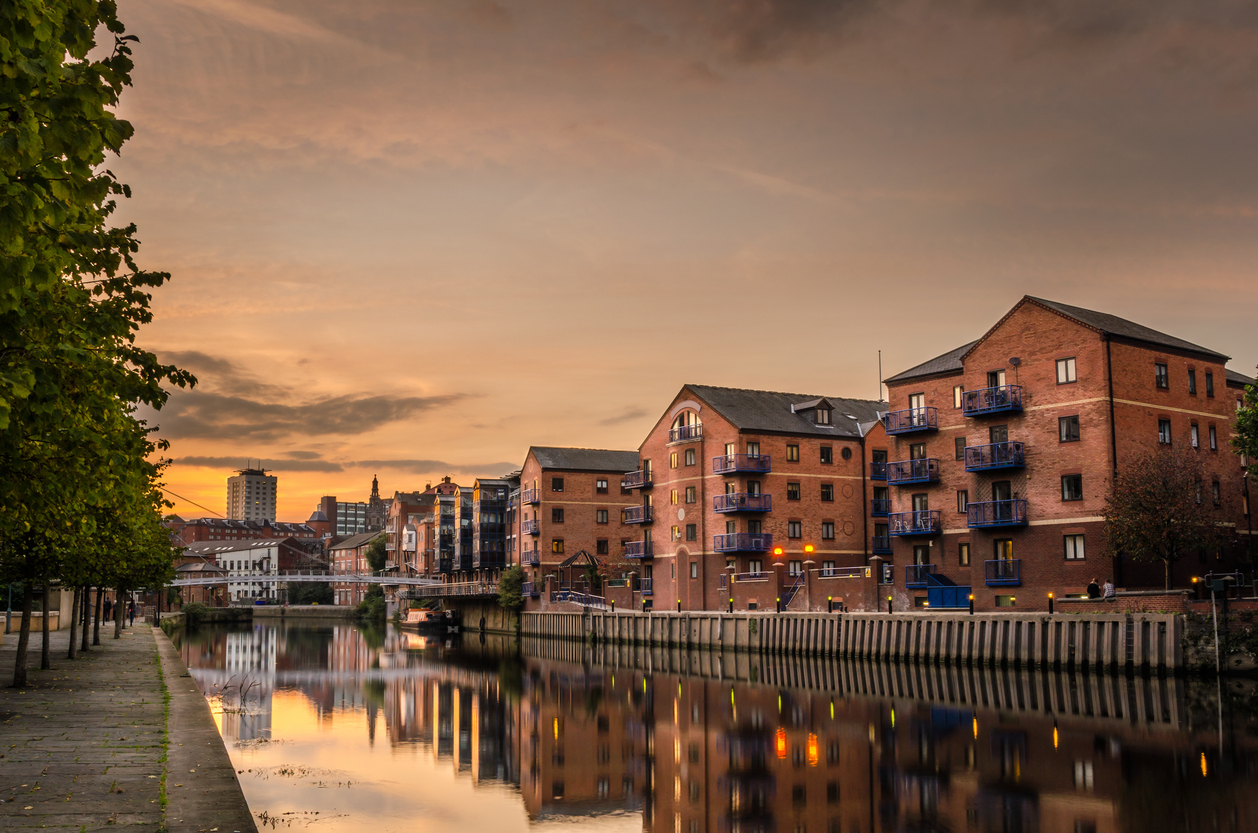
What Urban Regeneration Means for Property Investors
For property investors, regeneration presents unique opportunities to secure strong returns. When areas are transformed through infrastructure improvements, new amenities, and residential development, demand for property typically rises. Leeds is no exception.
1. Rising Property Values
Properties in regeneration zones often experience faster price growth than the wider market. In Leeds, this is particularly visible in areas like Holbeck, which has been transformed from an industrial district into a thriving creative and digital hub. Investors who purchased property early in such areas have already seen significant gains, and the trend is likely to continue as more projects are completed.
2. Increased Rental Demand
Leeds has one of the youngest populations in the UK, with a strong base of students, young professionals, and families. Urban regeneration enhances neighbourhoods, adding shops, restaurants, cultural venues, and green spaces, which in turn makes them more appealing to renters. This supports higher occupancy rates and stable yields for buy-to-let investors.
3. A Range of Investment Opportunities
Urban regeneration in Leeds is creating diverse property options, from luxury apartments in the city centre to build-to-rent schemes and suburban family homes. This means investors can align strategies with their goals, whether that’s short-term capital appreciation or long-term rental income.
4. Long-Term Resilience
Unlike speculative booms, regeneration-led growth tends to be more sustainable. By attracting businesses, improving transport, and enhancing liveability, regeneration ensures that property markets remain strong over the long term. For investors, this adds an extra layer of security.
Key Regeneration Hotspots in Leeds
Leeds is undergoing radical change through landmark regeneration projects that are transforming its landscape and economy.
One of the most significant is South Bank Leeds, a scheme covering more than 250 hectares that will double the size of the city centre and deliver thousands of new homes, commercial spaces, green areas, and jobs.
Alongside this sits Aire Park, a 24-acre mixed-use development in the LS10 area that will provide 1,400 homes, nearly 1 million square feet of commercial space, and the UK’s largest new city centre park, blending historic heritage with modern urban living.
Meanwhile, districts such as Holbeck are being revitalised into creative and residential hubs, further diversifying Leeds’ appeal.
These efforts underline how urban regeneration in Leeds is not solely architectural—it’s about building liveable ecosystems where people want to live, work, and invest.
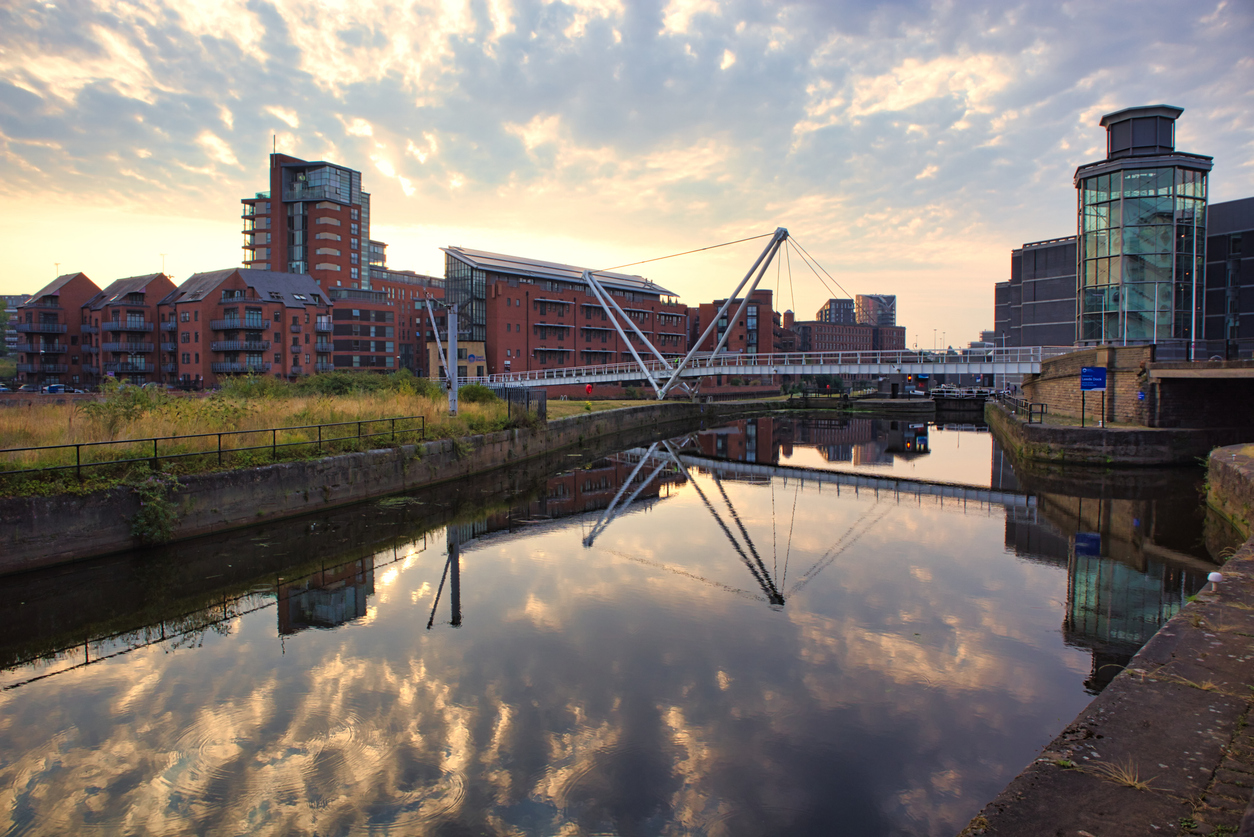
These districts highlight how urban regeneration is not just concentrated in the city centre but spread across Leeds, offering varied entry points for different investment strategies.
Urban regeneration in Leeds is also boosting tourism, with improved cultural spaces, public realms, and transport links attracting millions of visitors each year and creating new opportunities for short-term rental and hospitality investments.
Conclusion
Urban regeneration in Leeds is transforming the city at a scale rarely seen outside London. With billions of pounds being invested in infrastructure, housing, and commercial space, Leeds is positioning itself as a northern powerhouse of business and culture. For property investors, these changes represent significant opportunities.
By targeting regeneration hotspots early, investors can benefit from capital appreciation, strong rental demand, and long-term stability. Whether it’s the high-profile South Bank development, the creative vibe of Holbeck, or the new housing in East Leeds, regeneration is reshaping Leeds into a city of the future, and property investors have the chance to grow with it.
